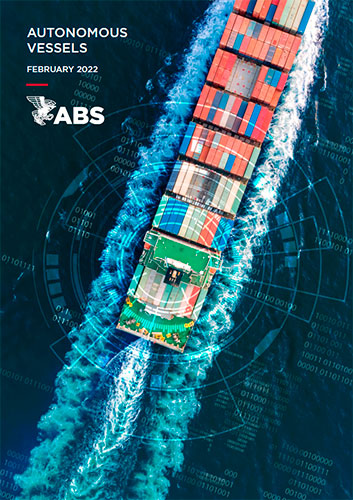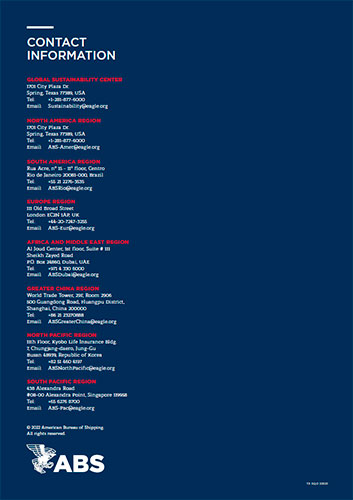Autonomous Vessels/Автономные суда
Книга на английском языке.
Much progress has been made in the development of maritime autonomous technology in the last three years. Ongoing projects being held across the world trialing autonomous technology have progressed and new collaborations between stakeholders have been formed. In a step forward, the International Maritime Organization (IMO) has concluded the Maritime Autonomous Surface Ships (MASS) Regulatory Scoping Exercise.
The discourse on maritime autonomy has tended to view vessels in a uniform manner. However, this may not be suitable when addressing the unique characteristics of autonomous ships. The technological and regulatory challenges vary depending on vessel type and size.
Autonomous development in the maritime sphere encompasses all aspects of ship design and operations. It also offers an opportunity for a total reset and rethinking of vessel design.
This paper provides an update on the efforts to develop regulations at the IMO and proposes the key main goal-based requirements for an autonomous vessel.
From the lessons learned from recent projects, the paper examines the pertinent issues in the implementation and operations of autonomous technology.
Contents
Introduction
Updates from the IMO MASS regulatory scoping exercise
- Background
- Outcome of the Regulatory Scoping Exercise
- Future Work
Goal-based framework for autonomous vessels
- Maintain Propulsion
- Maintain Safety of the Vessel
- Protect Against Flooding
- Maintain Safety of Navigation
- Communicate Distress
- Meet Environmental Concerns
- Continuous Monitoring and Situational Awareness
- Maintain Command and Decision
- Maintain Safety of Cargo
- Maintain Communication with Remote Operations Center
Key issues to resolve/consider
- Remote Operator Station
- Connectivity
- Manning
- Simulation Testing.
- Cybersecurity
- Artificial Intelligence and Machine Learning
Statutory considerations
Conclusion
Abs support
Appendix I - References
- ABS Publications
- References
Appendix II - Acronyms




